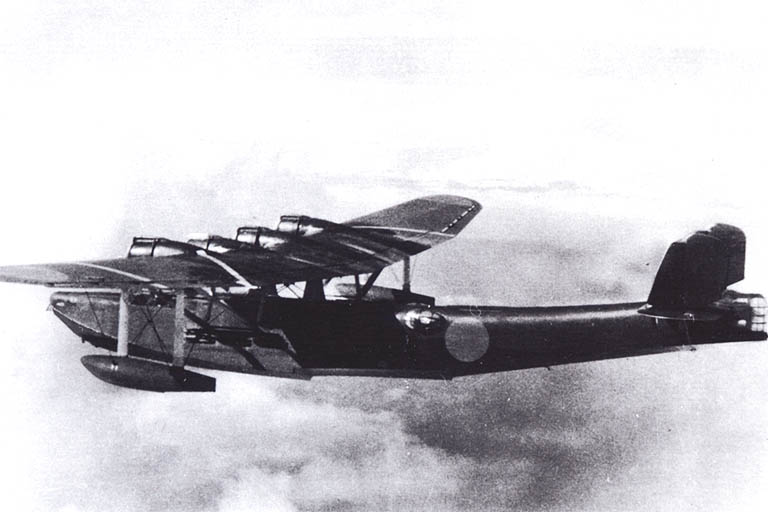Fatboy Coxy
Airman 1st Class
- 129
- Aug 24, 2019
Hi all, I was just looking at a Kawanishi H6K Mavis flying boat v Blenheim IF long range fighter, match up
With a cruising speed of 138mph, and a top speed of 210mph, the Mavis is as slow as an old London bus compared to a Blenheim IF long range fighter, who is cruising at 165mph, and a top speed well over 210mph.
The interest is how each sees the other as a potential threat. Initially the Japanese may not appreciate the Blenheim is a fighter, until she opens up with her four 0.303 in (7.7 mm) machine guns in the gun pack under the fuselage. Nevertheless, her speed advantage would have been immediately obvious, enough to make any Japanese pilot very wary of a Blenheim.
The Blenheim, however, sees a slow lumbering, four engined, flying boat, a very easy target, so what angle how does he attack from. The Mavis has a number of single 7.7mm machine guns to defend herself, but should the Blenheim close from the rear, the Mavis had a terrible sting in the 20mm cannon in a tail turret.
Your thoughts are welcomed
With a cruising speed of 138mph, and a top speed of 210mph, the Mavis is as slow as an old London bus compared to a Blenheim IF long range fighter, who is cruising at 165mph, and a top speed well over 210mph.
The interest is how each sees the other as a potential threat. Initially the Japanese may not appreciate the Blenheim is a fighter, until she opens up with her four 0.303 in (7.7 mm) machine guns in the gun pack under the fuselage. Nevertheless, her speed advantage would have been immediately obvious, enough to make any Japanese pilot very wary of a Blenheim.
The Blenheim, however, sees a slow lumbering, four engined, flying boat, a very easy target, so what angle how does he attack from. The Mavis has a number of single 7.7mm machine guns to defend herself, but should the Blenheim close from the rear, the Mavis had a terrible sting in the 20mm cannon in a tail turret.
Your thoughts are welcomed

